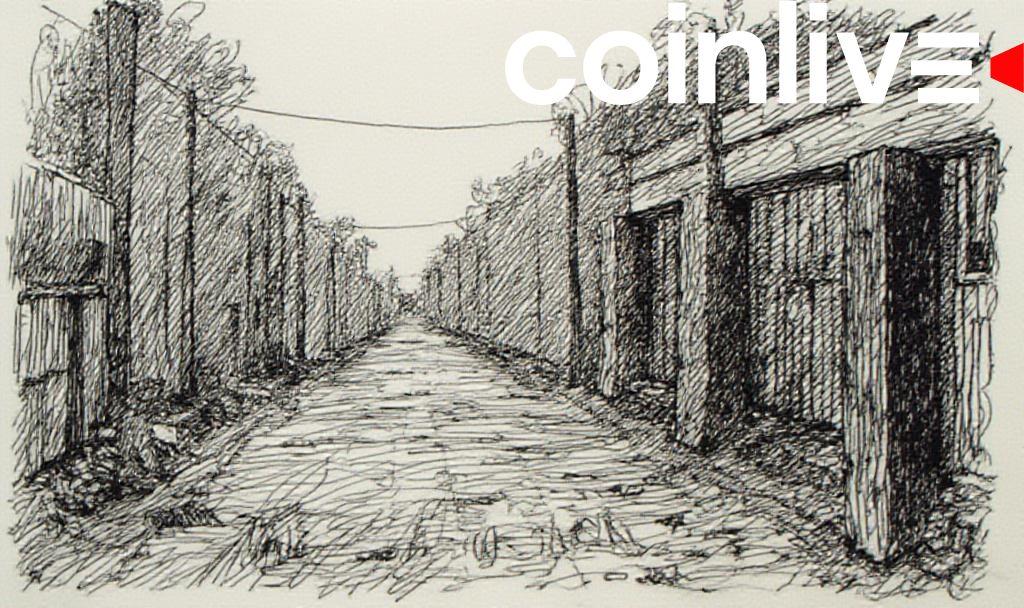- Active borrowers and lenders dropped significantly, impacting market stability.
- Market reactions indicate prolonged uncertainty amid declining volumes.
- Protocols like NFTfi face severe operational challenges.

NFT lending activity has sharply declined, shrinking 97% from $1 billion in January 2024 to $50 million in May 2025, according to recent data from DappRadar.
The decline signifies potential trouble for the sector, which is struggling under diminished collateral values and borrower activity, reflecting broader market skepticism.
Protocol Challenges and Decreasing Loan Sizes
Leading protocols such as Blur’s Blend and NFTfi have seen their user bases dwindle dramatically, reflecting a decline in borrower and lender activity by 90% and 78%, respectively. Despite the historic role in NFT-collateralized loans, average loan sizes have fallen from $22,000 in 2022 to $4,000 in 2025.
Impact on Ethereum Ecosystem and Future Strategies
This market contraction has primarily influenced the Ethereum ecosystem, as most NFT loans are denominated in ETH, creating liquidity and volatility pressures. Core teams have remained largely silent, with few public statements addressing these challenges since early 2025.
Drawn by the collapse in collateral values, lending volumes have sharply decreased. This sea change underscores the need for the sector to innovate or potentially explore new areas such as real-world asset collateralization.
Shift in Borrowing Strategies
There is a shift in borrowing strategies toward shorter-term loans, as average durations decreased to 31 days by May 2025. The absence of notable institutional investments or fresh funding streams compounds the industry’s uncertainty as it contemplates future recovery avenues.
Insights from DappRadar suggest that potential pivots towards tokenized real estate or yield-bearing assets might stabilize the sector. However, comprehensive strategies are crucial for long-term sustainability in NFT lending.
“With collateral value collapsing, the lending activity naturally followed… If the next wave builds on utility, culture, and better design, NFT lending might just find its second wind — one built to last.” — Sara Gherghelas, Analyst, DappRadar








